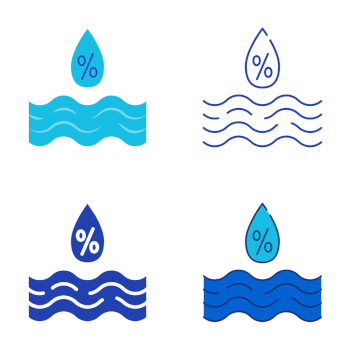 If you need to monitor the humidity levels as you pack and distribute temperature-sensitive products, there are some important practices to follow to ensure that you get the most from your humidity monitor.
If you need to monitor the humidity levels as you pack and distribute temperature-sensitive products, there are some important practices to follow to ensure that you get the most from your humidity monitor.
- Avoid Exposure to Contaminants- As with any technology that is packaged with sensitive materials, it’s important to reduce exposure to contaminants so that the humidity monitor will provide accurate readings. The problem could be something as simple as exposure to gases emitted from packaging products like Styrofoam, so having knowledge of less-obvious contaminants may be important.
- Properly Pack Monitors- Another best practice when applying humidity monitors during packing and distribution is the proper packing of the technology with the products to be monitored. This includes proper storage ahead of being applied to shipment containers, as well as after shipments have arrived and are unloaded.
- Assemble Correctly- It’s important to follow the specified protocols for assembly with any humidity monitor. Reviewing the manufacturer’s guidelines or inquiring about best practices for assembly with your humidity monitor supplier will ensure that you get the most from this critical technology.
- Appropriate Application- Sometimes humidity monitors need to be used in extreme conditions; however, it is important to follow the recommended guidelines for application depending upon the exposure to contaminants and the high and low temperatures of the containers.
At Global Sensors, we have been helping our clients utilize humidity monitors for a variety of industries and applications for over a decade. Reach out to us today for more information about our data logging technology.


